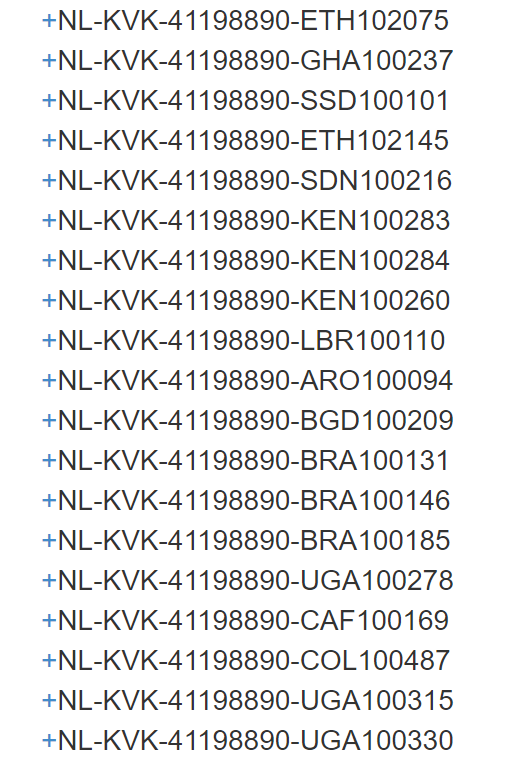What is an activity?
One of the first questions you have to address while preparing your first publication, is: what, in our organisation, can we define as ‘an activity’?
Sometimes, this is very easy. In a lot of NGOs, ‘activity’ is synonymous to ‘project’. You may even have a structure between projects already in place. Maybe there sometimes is an overarching programme with underlying projects. This kind of set up usually translates to an IATI activity structure extremely well.
Other situations are less clear-cut. In general, an activity should be a piece – or grouping – of development or humanitarian work you are doing. If you have trouble deciding what an activity is in your situation, try to answer these questions:
- Do we distinguish between budgets, results, or aspects like the responsible programme manager, between certain parts of our work?
- In our reporting, internal or external, do we represent certain parts of our work as one unit?
- When we keep track of spending, do we break down our work in certain ways?
- Do we have separate contracts with the donor(s) for the work?
While answering to these questions, a structure should hopefully appear. Activities can be very different in size and scope, so you can have both small standalone projects in a local area and large programmes with multiple activities in multiple countries.
Ultimately, you define what an activity is for your organisation – within the spirit of the IATI standard. This means you can structure your IATI data in a way that best reflects your work, keeping in mind that for each activity you should report location, sector, financial information, and results.
Discuss within your organisation what works. If you are curious what other organisations would do in your situation, one option is to visit our Netherlands Corner on IATI Connect and post the question there.
What not to do
However, there are some misunderstandings and bad practices. What is generally a bad idea:
- Presenting each result or indicator as a separate activity. Activities, results, and indicators are three very different things. Doing this also backfires, because it is a lot more work entering all data, repeatedly adding countries, start and end dates, et cetera, for each activity.
- If you have an activity with a large number of partners and locations, and in reality, they are managed separately, you probably lumped a few activities under one umbrella. A better option would be to have a parent activity with child activities.
- Creating a new activity for each quarter (or each year). Don’t do this! Your activity stays active, and you add information to it, each time you publish. There may be new transactions, new information on result indicators, perhaps a new planned end date (the project is delayed) or the budget has changed. Anything that has changed. If no new information is available, just publish it again as-is.
Activity Identifiers
Once you have a good structure of activities, there is one more job. Each IATI activity should have a unique iati-identifier. This identifier has two parts
- Your own Organisation Identifier
- A unique second part. Maybe your organisation already has a structure of project codes. Using these in your IATI data as well is a great idea.
Example
We have copied some activity identifiers of a Dutch NGO below.

The Organisation Identifier is NL-KVK-41198890. This is the first part of the activity ID. The second part is a unique ID that comes from their own project administration and is reused in IATI. As long as each identifier is unique, this works. It is also convenient for the organisation itself.
But you can also simply number them 1 through 10, if you have 10 activities, or give them names. This is an example from a publisher in India. Their organisation ID is ID-DJP-312529852906000. The activity part of the ID is simply ‘HealingWounds1’. This works in principal. HW1 would have been even better because an ID should ideally be short, but the most important thing is that this is unique.

What not to do
Organisations can define their own activity identifiers. There is no need to copy a donors iati-identifier as part of your own identifier. There has been some confusion about this, caused by the wording in some agreements, but please give your activity its own identifier.
Example
These are two activities from a publisher.

The organisation has copied the identifier of the donor (in this case, the Netherlands MFA). This is not necessary, and confusing: you have now mentioned two organisations IDs in one activity ID. You also don’t need to use the same second part of the ID for your activity as we do. In fact, this probably would make it confusing again, especially if you have multiple donors. Best practice is to give the activity your own ID. The fact that your activity has a connection with ours, appears somewhere else. More on that in the Technical Tip ‘How to link to the donor’.
